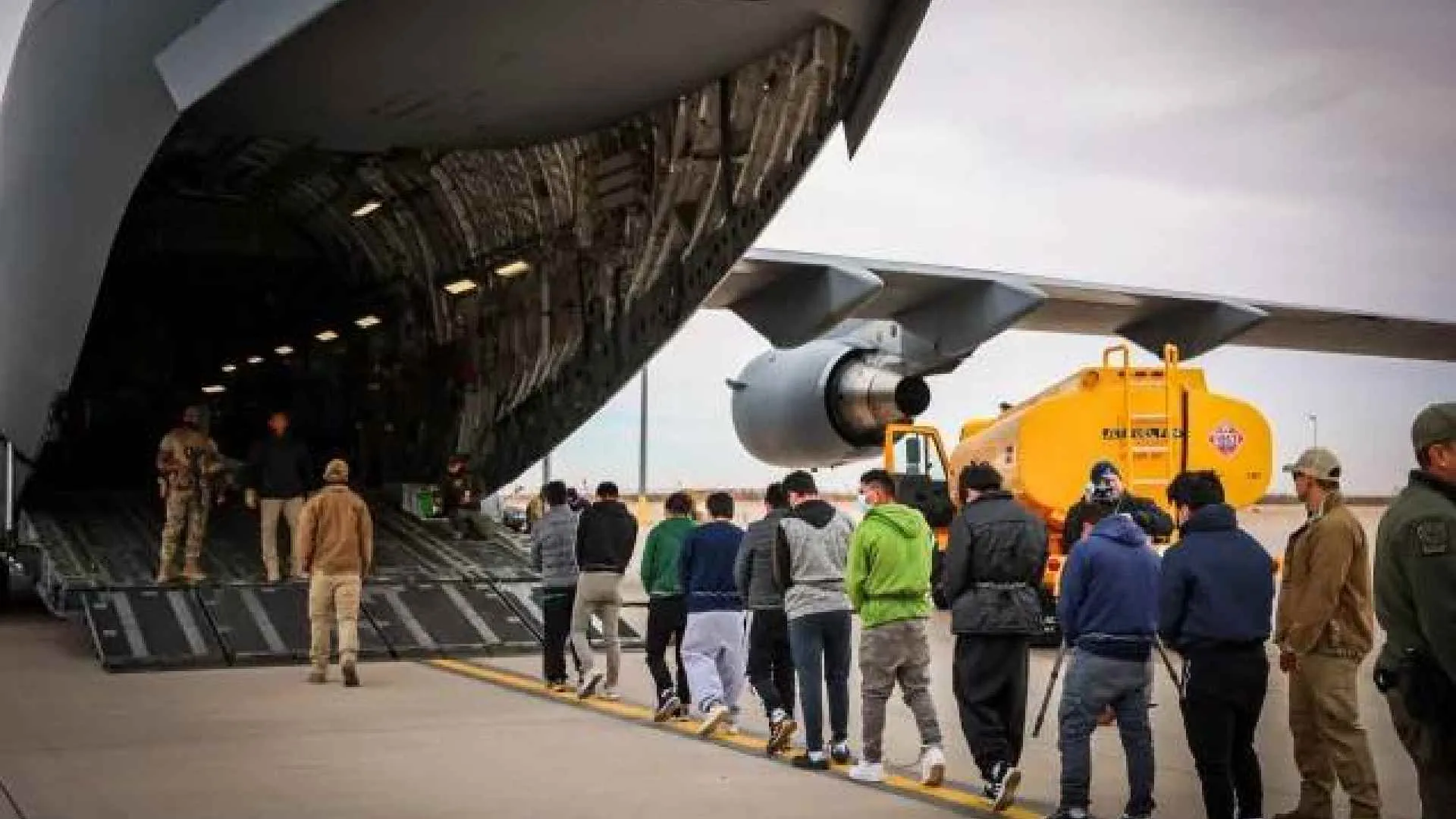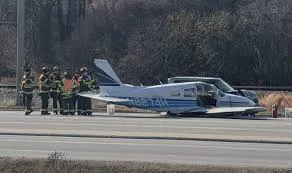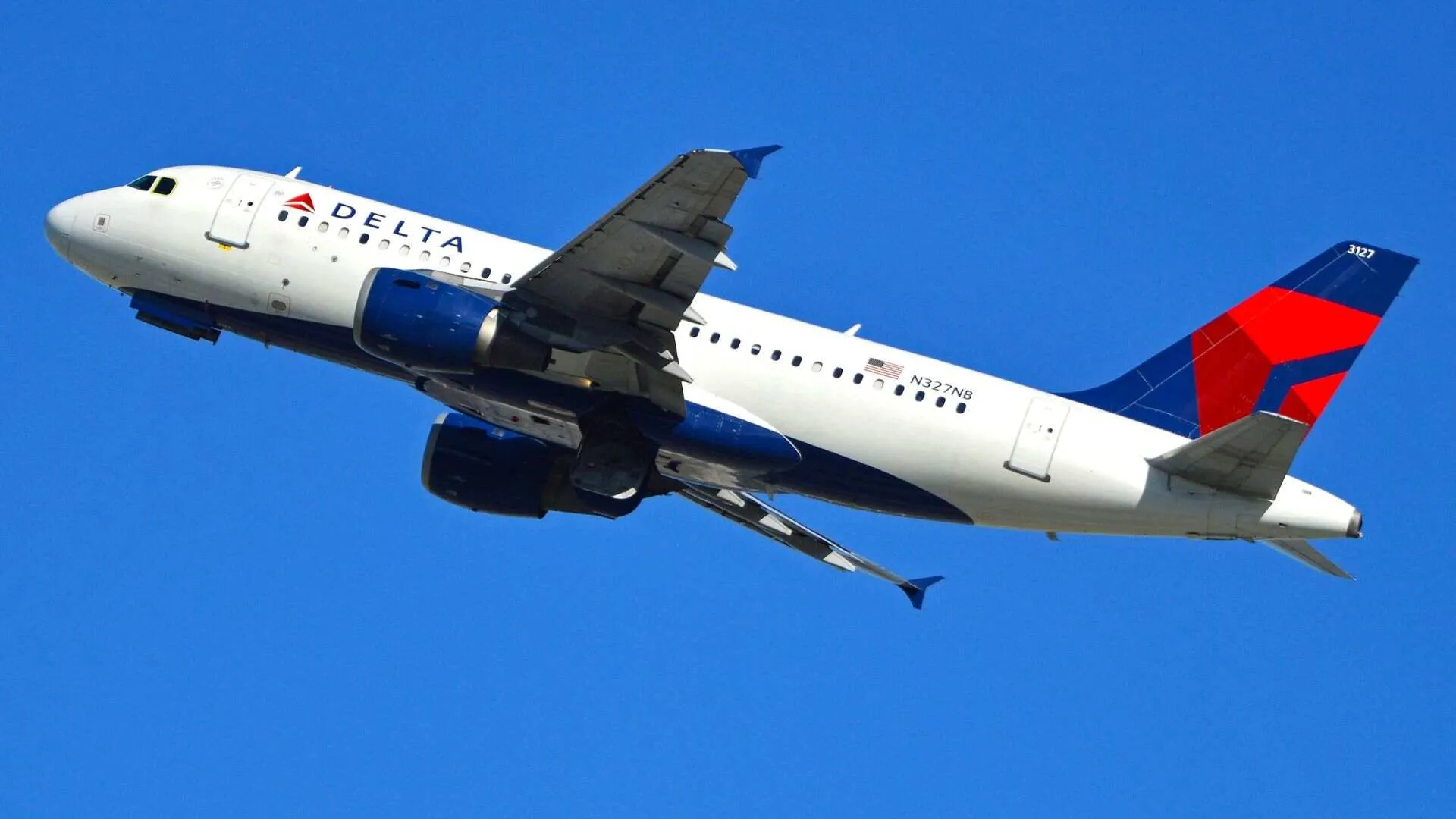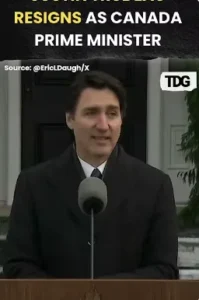The Trump administration has suspended the use of military planes to deport migrants who crossed into the United States illegally, citing inefficiencies and high expenses. The last deportation flight by the US military was on March 1, and the suspension may be extended indefinitely or even made permanent, as per a report by The Wall Street Journal (WSJ).
Military Planes Used to Send a Message
Soon after President Trump assumed office in January, the government had started deporting illegal immigrants on military aircraft such as C-17 and C-130 aircraft. The initiative was meant as a demonstration of force against illegal migration.
“The message is clear: If you break the law, if you are a criminal, you can find your way at Guantanamo Bay,” Defense Secretary Pete Hegseth said. Following the sight of migrants landing on a C-130 plane in Guantanamo Bay, he further said, “You don’t want to be at Guantanamo Bay.”
But the policy was costly and unworkable. The WSJ report documents how military aircraft carried fewer migrants at a much greater expense than normal deportation procedures.
Indians Among Those Deported on Military Planes
During the Trump administration, approximately 30 deportation flights were carried out on C-17 planes, and about a dozen on C-130 planes. The flights took migrants to nations such as India, Peru, Guatemala, Honduras, Panama, and Ecuador. Some deportees were also sent to the US military base in Guantanamo Bay.
In February, several batches of Indian deportees came to India on US Air Force cargo aircraft. Most described terrible experiences of being handcuffed and restrained during the journey, only to be released once they landed in India.
Rising Costs Resulted in Policy Change
Deportations are normally carried out by the Department of Homeland Security (DHS) via commercial air, which is much more economical. The Trump administration chose to use military aircraft as part of its tough approach to illegal immigration, but the move came with severe budgetary disadvantages.
As per the WSJ report, three India-bound deportation flights cost an estimated $3 million per flight. On the other hand, the Guantanamo Bay-bound flights, carrying only a dozen migrants, were a minimum of $20,000 per head.
Government statistics indicate that an average US Immigration and Customs Enforcement (ICE) deportation flight is $8,500 per flight hour for domestic travel and around $17,000 per hour for overseas flights. Meanwhile, the cost of flying a C-17, which is built for heavy cargo and troop transport, is $28,500 per hour, according to the US Transportation Command.
In addition to these costs, C-17 planes were forced to fly longer routes since they were not allowed to fly over Mexican airspace, and flight times to Central and South America became longer.
Latin American Nations Denied Military Landings
Mexico and various Latin American nations, such as Colombia and Venezuela, refused to permit US military deportation flights to land on their soil. They instead organized their transportation for deported migrants.
In January, Colombian President Gustavo Petro refused entry to two deportation flights of C-17, prompting Trump to issue threats of economic sanctions. The White House subsequently confirmed that Colombia had accepted accepting deported people, but no C-17 flights arrived in the country. Colombia instead sent its planes for the deportees.
Likewise, in February, Venezuela dispatched two business flights to retrieve 190 deported citizens following years of refusing to take its nationals who crossed into the US illegally.
What’s Next for Deportation Policies?
With the suspension of deportation flights by the military, the US is likely to revert to more traditional deportation practices through commercial flights. Although this action represents a change in Trump’s hardline immigration policy, the administration is still committed to curbing illegal immigration.
With the election season for 2025 coming up, deportation policies will remain a focal point in politics, with critics and proponents closely following the administration’s next move.






















